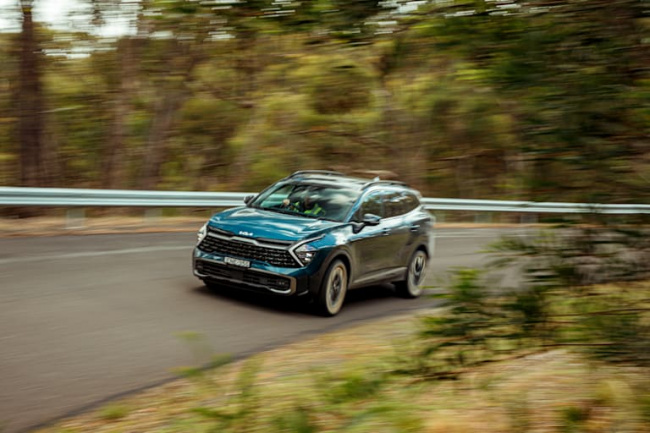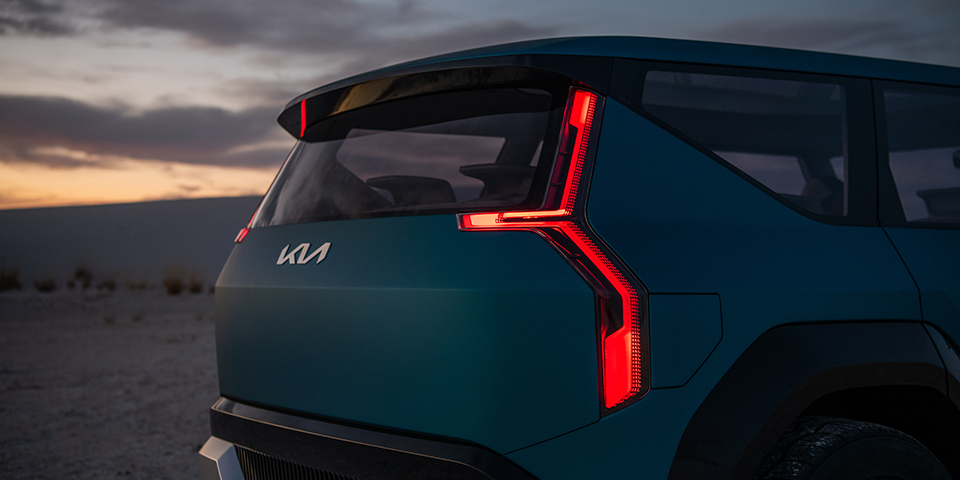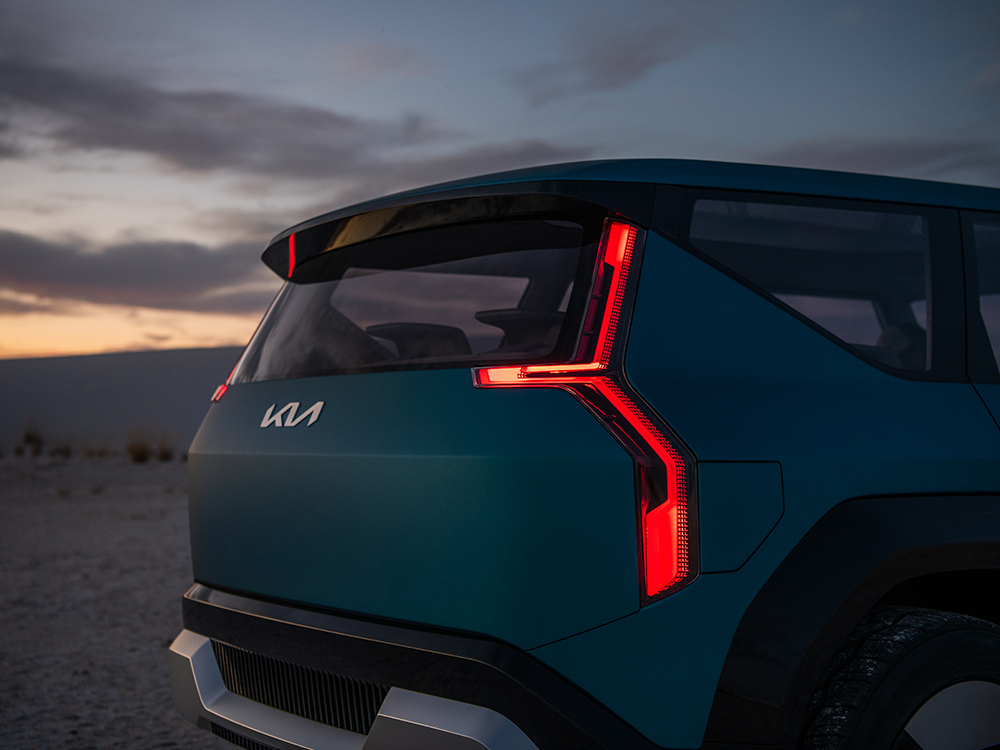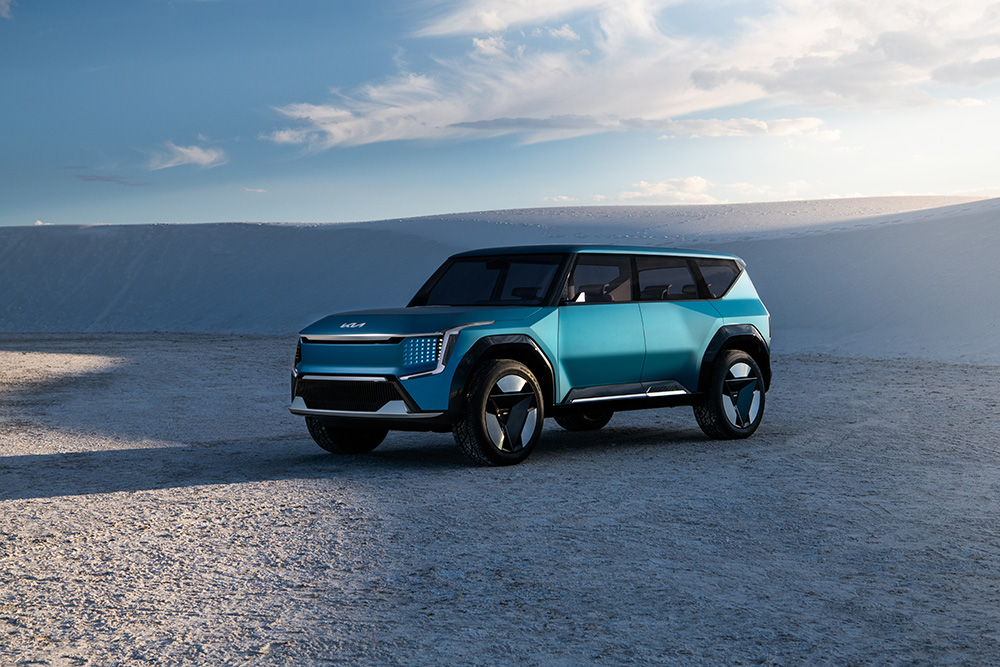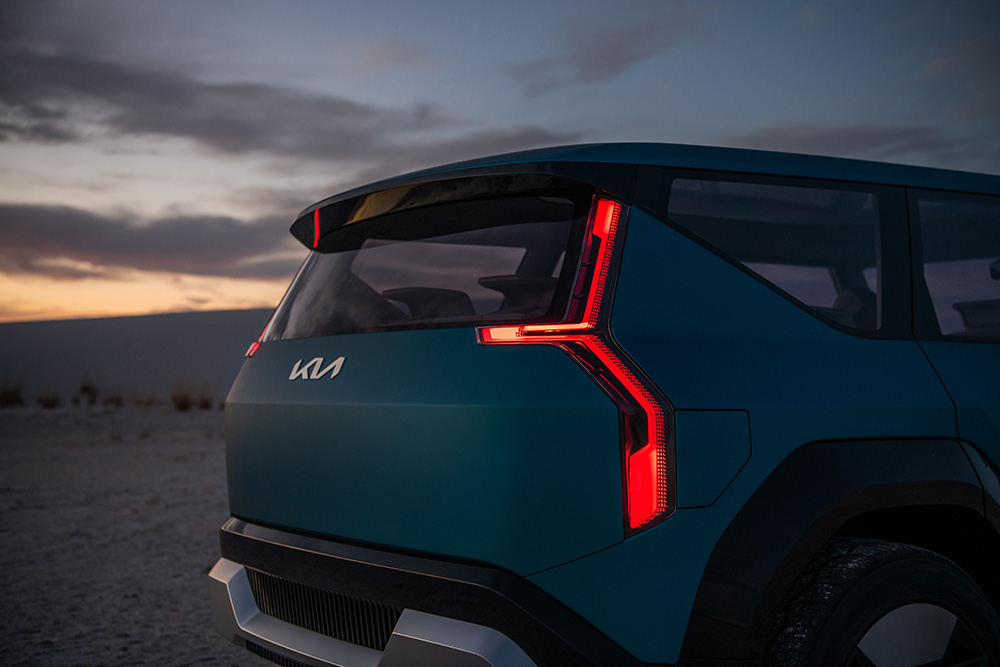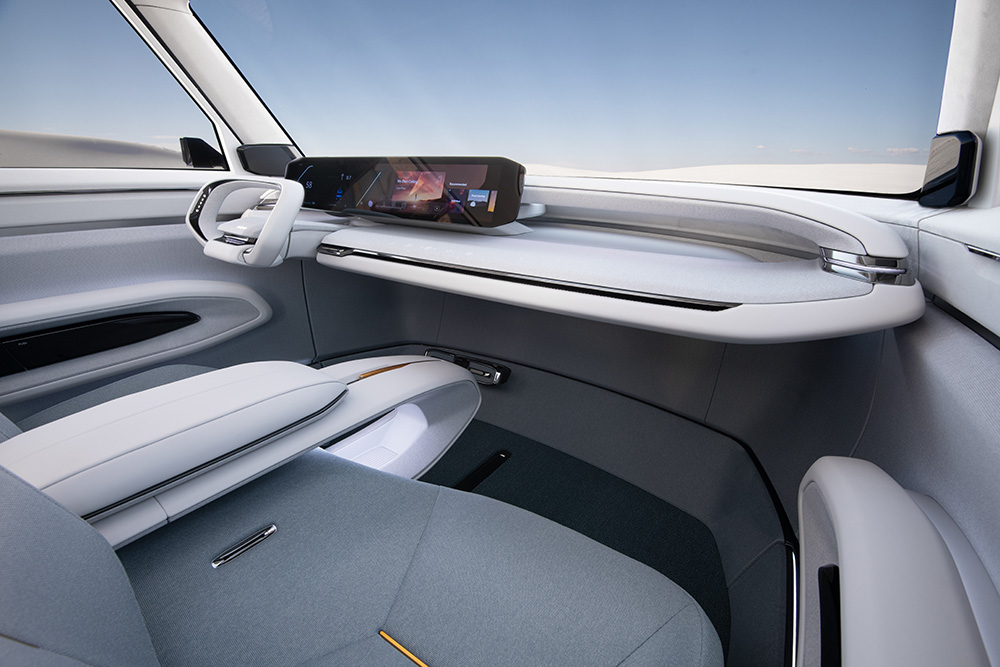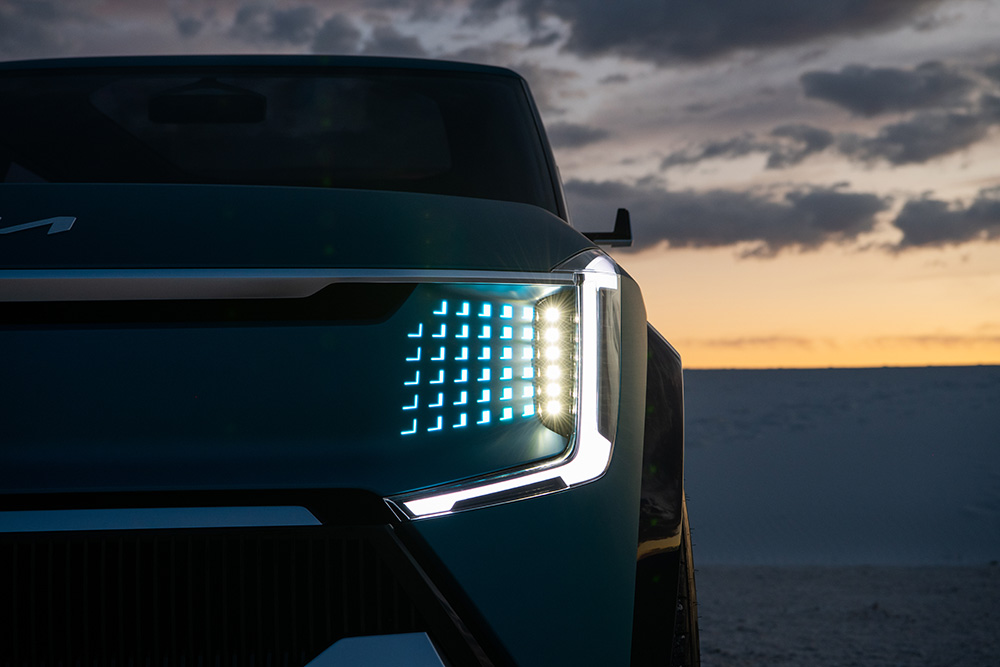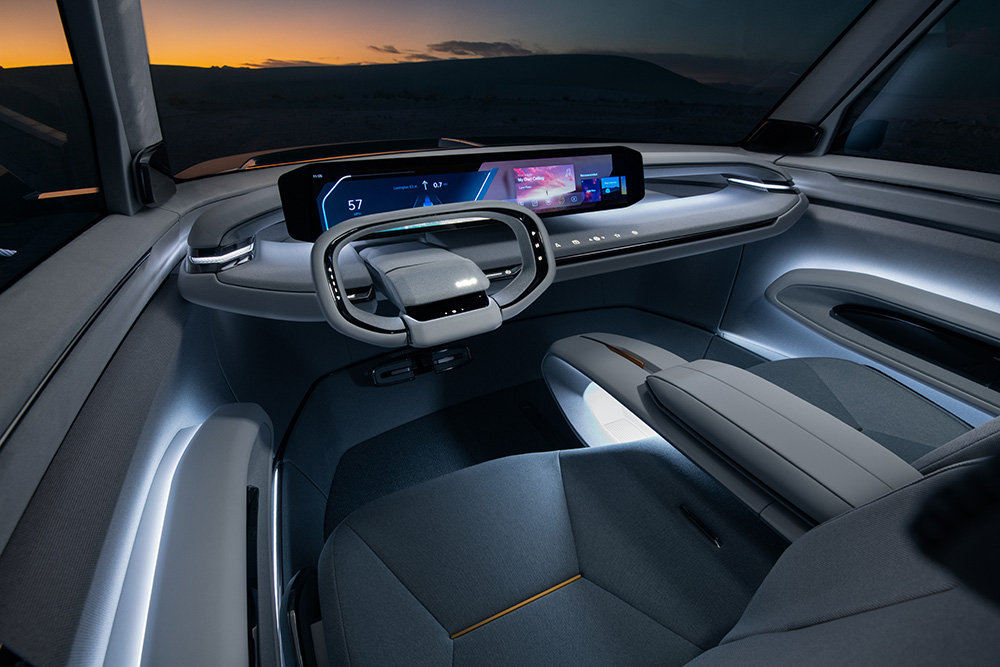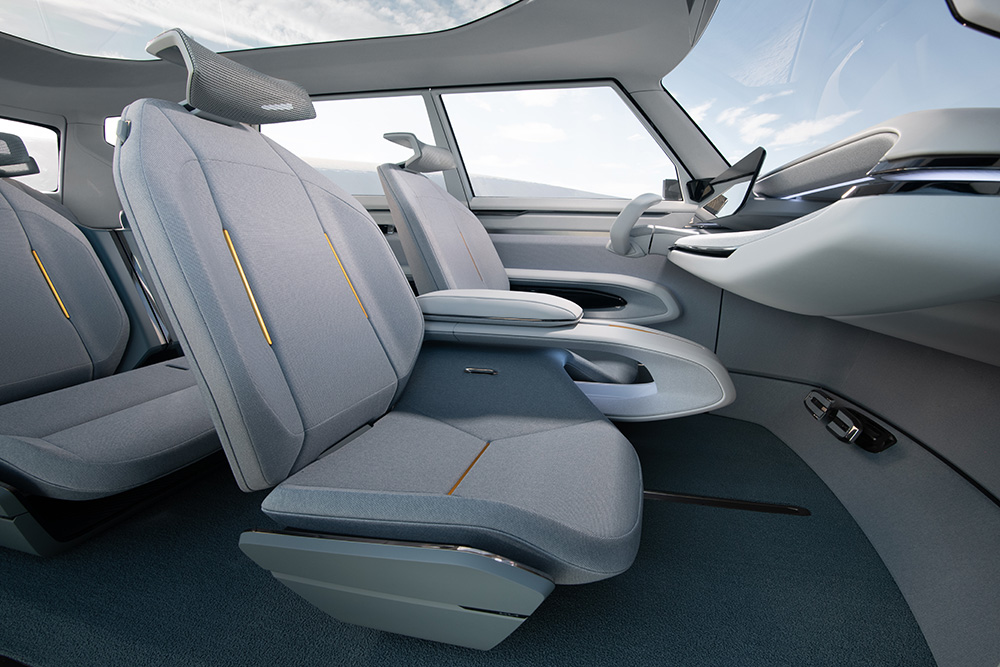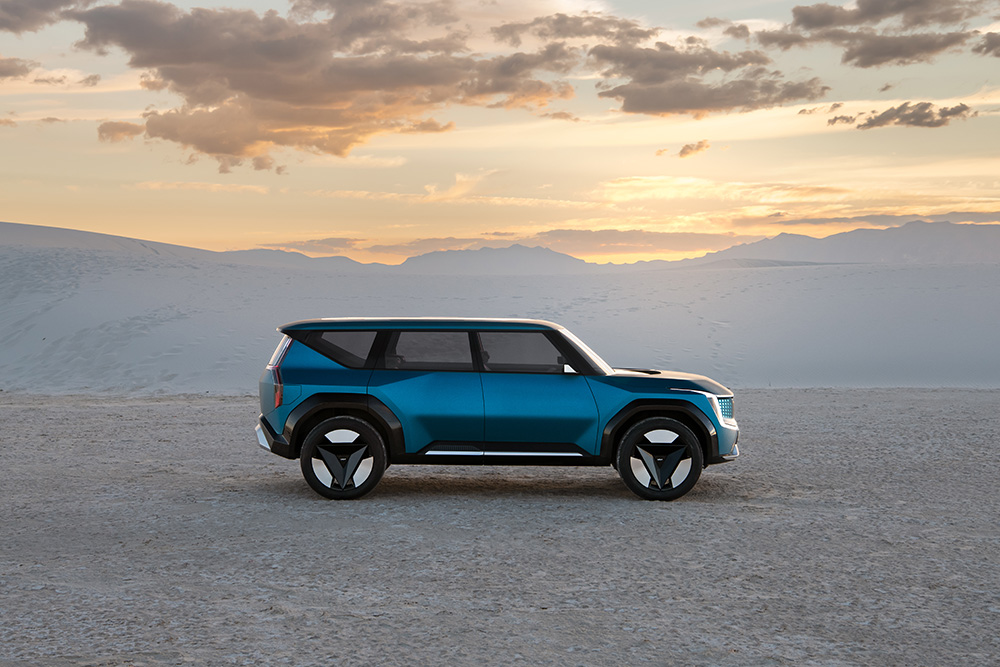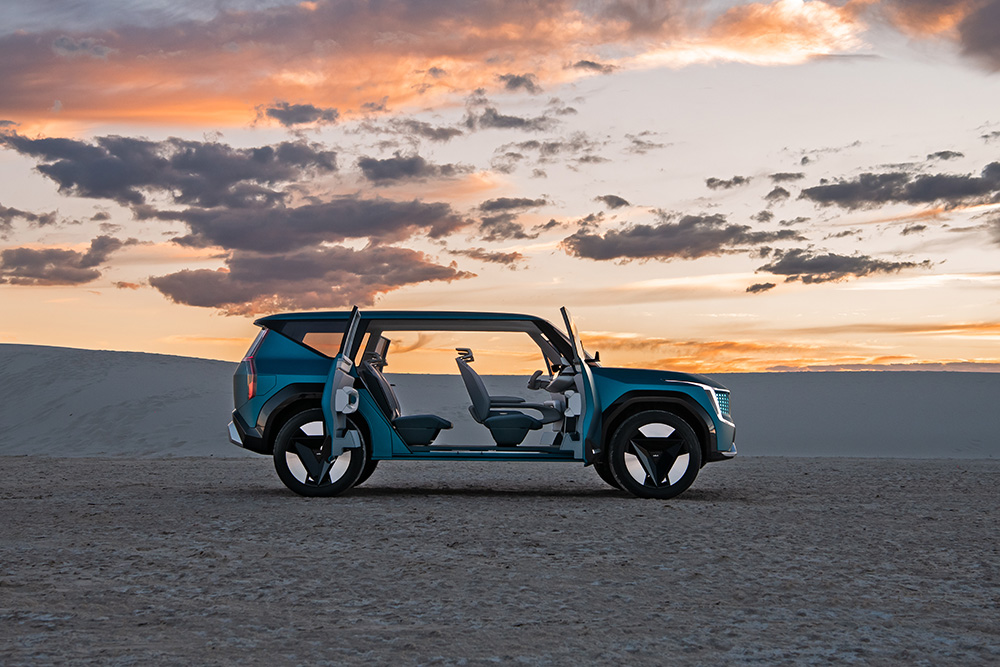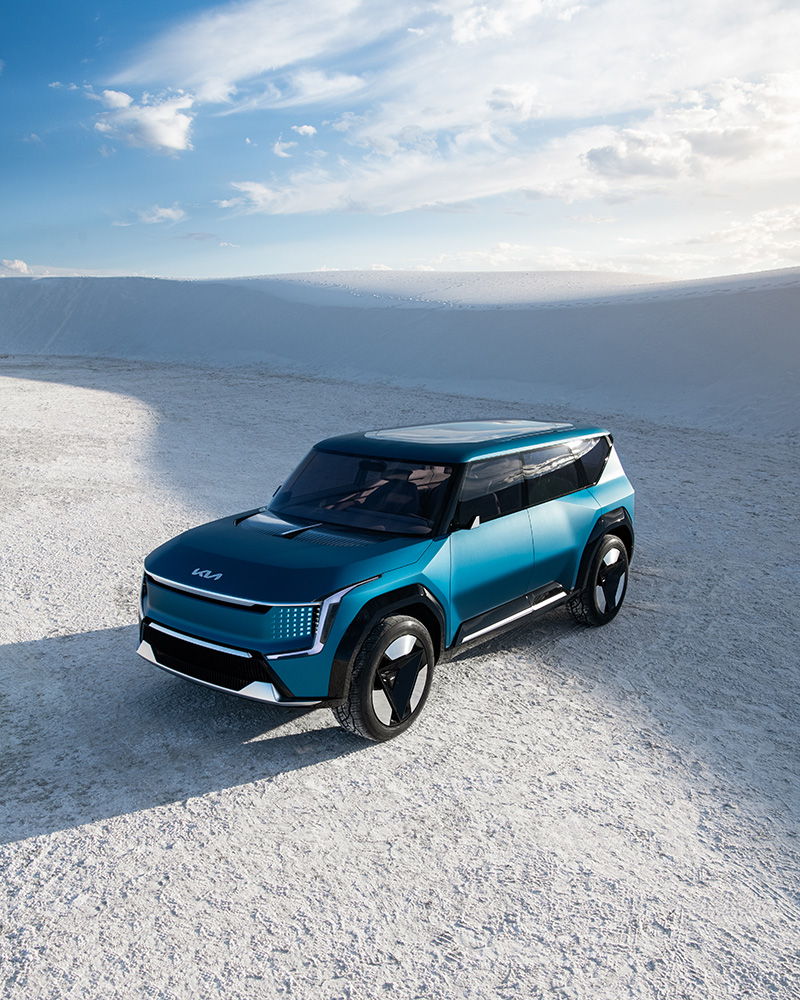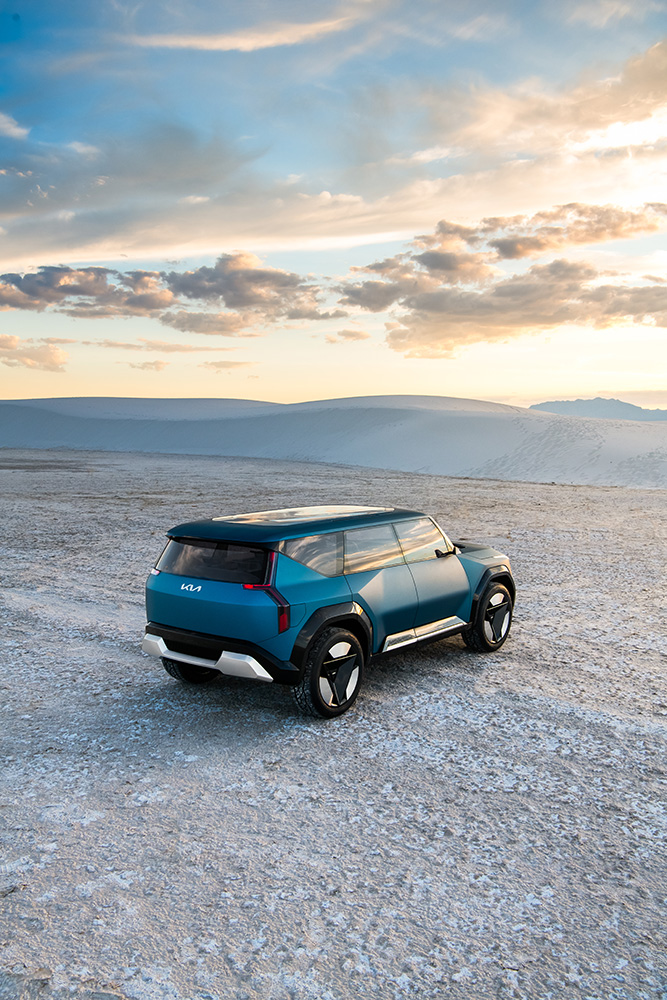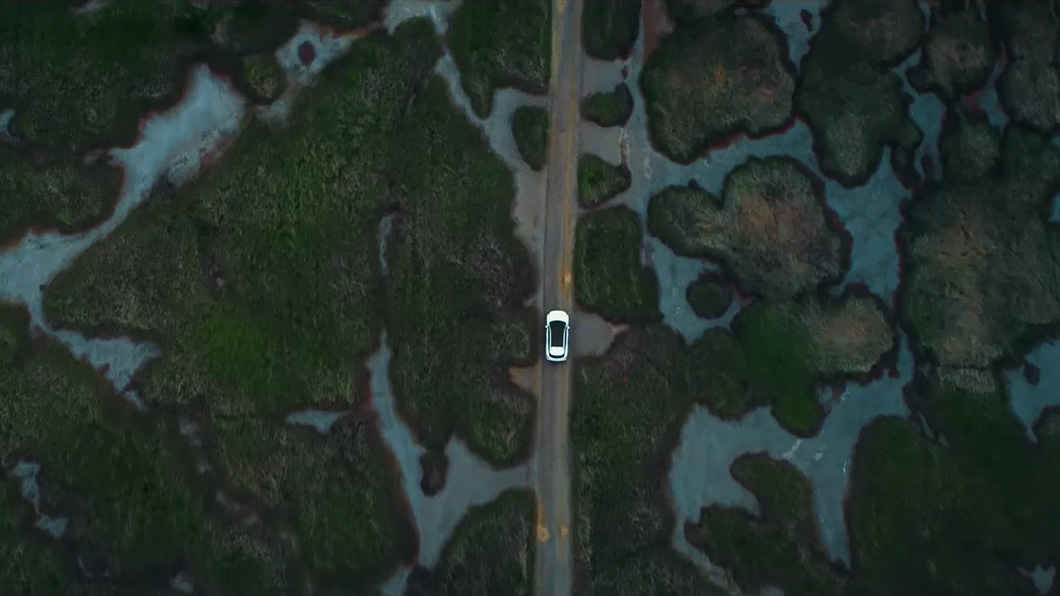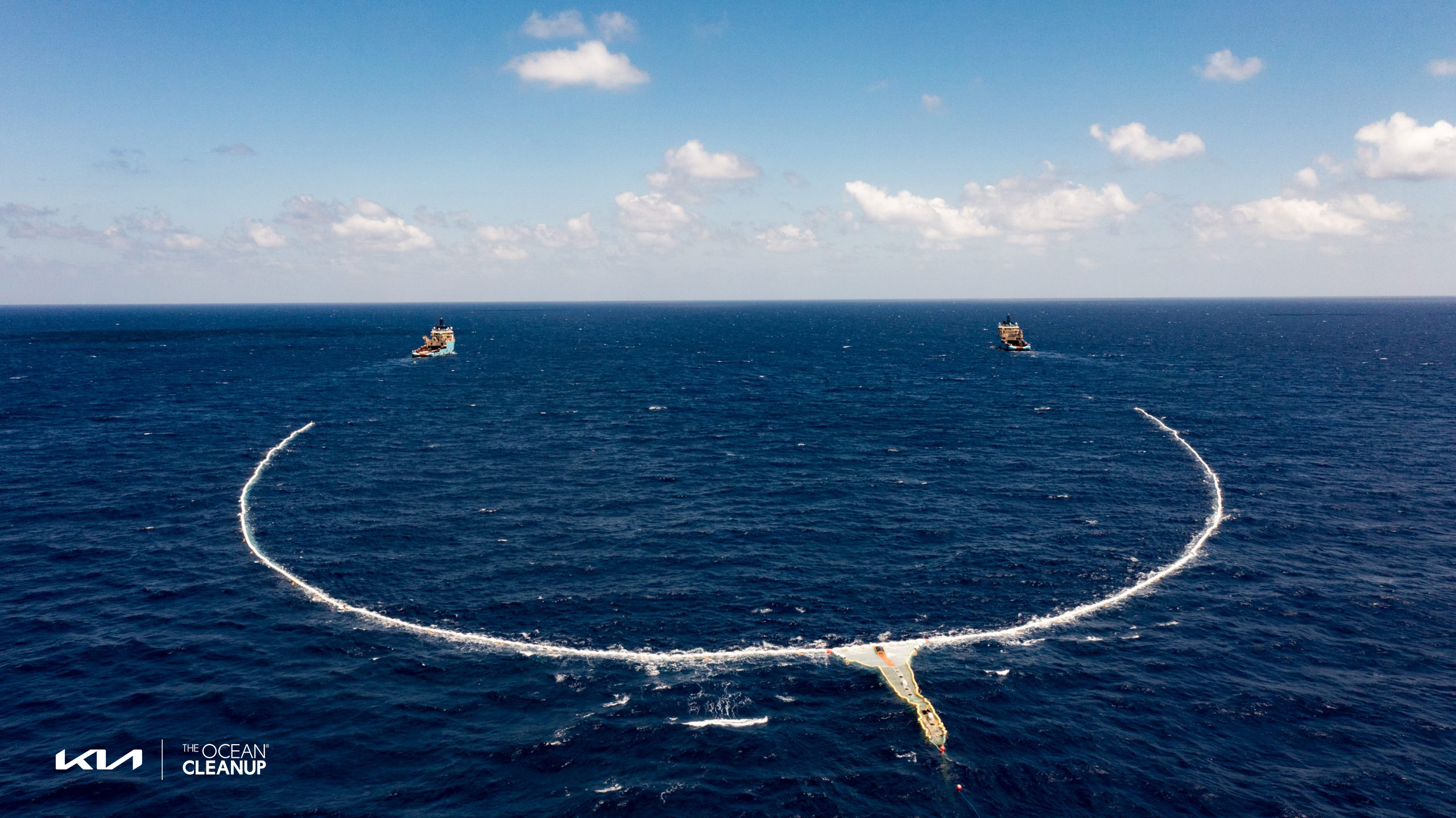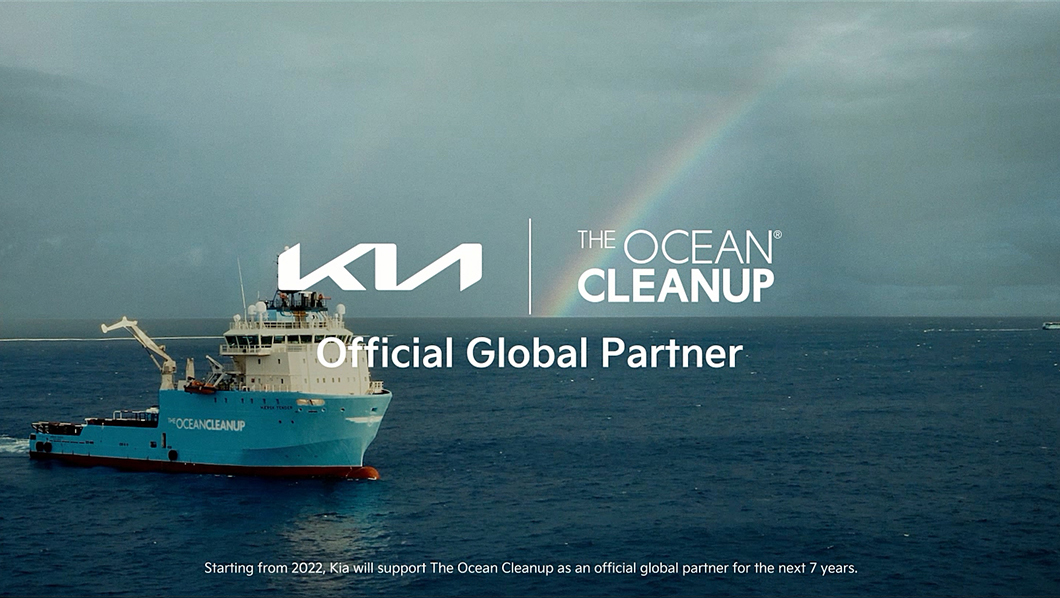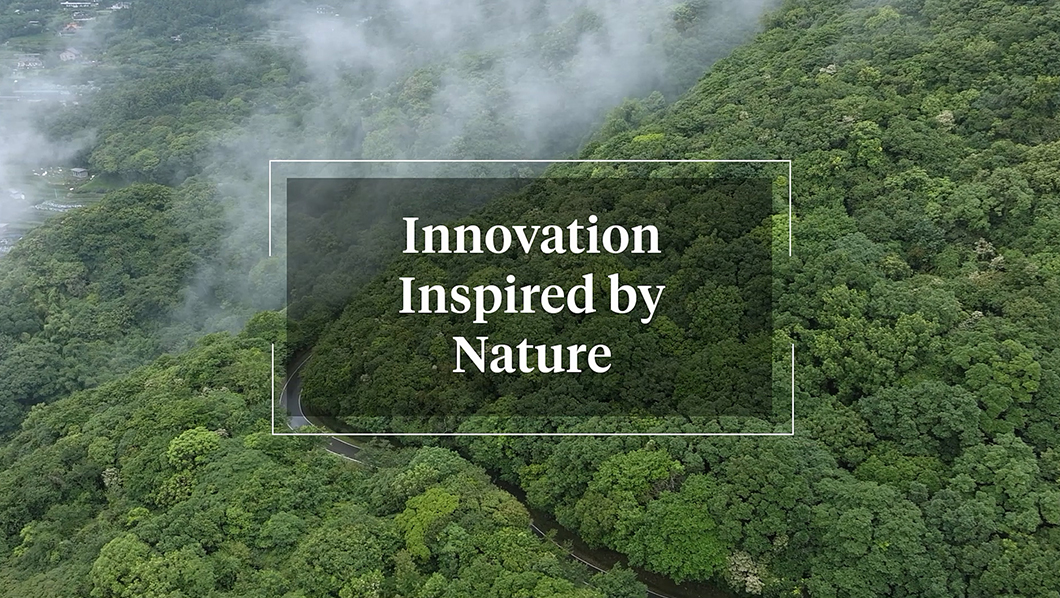- Kia wait times in 2023: How long are Kia’s delivery delays?
- After a new Kia, but not sure how long you’ll have to wait?
- Kia average model wait times 2023
- Innovation inspired by nature
- Sustainable mobility
- The Kia Concept EV9: Hero of Kia’s Movement Towards Sustainable Mobility Solutions
- Opposites United, Inspired by Nature
- Sustainable Innovations
- Sustainable energy
- RE 100: All-Electric Future
- Helping Production Partners Go Green
- Sustainable planet
- Blue Carbon Program: Restoring Marine Ecosystem
- Partnership with The Ocean Cleanup
- Partnerships for sustainable future
- Kia X The Ocean Cleanup
- Kia X National Geographic
- Kia X The Ocean Cleanup
- Kia X National Geographic
- Sustainable Management
- ECO-Friendly Operation
Kia wait times in 2023: How long are Kia’s delivery delays?
After a new Kia, but not sure how long you’ll have to wait?
Issues such as semiconductor chip shortages, shipping problems and sickness and isolation have affected the ability of manufacturers like Kia to keep their production lines going over the last three years. As such, all of the brand’s models are currently experiencing some delays. However, some models are in greater supply than others, with flexibility around powertrains, specification and vehicle colour likely to see a vehicle in your driveway sooner.
Overall, according to Price My Car, the average wait time for a Kia is now 162 days – compared to 181 days in January 2022. The quickest arrival is the Rio light hatch SUV with an average wait of 67 days, followed by the Seltos small SUV at 100 days. Meanwhile, the worst-affected models in Kia’s lineup are the Stinger sports sedan and Sportage medium SUV with a wait time of 185 days and 176 days, respectively. The Carnival people-mover also faces a lengthy average wait of around 172 days.Kia average model wait times 2023
| Model | Wait time |
|---|---|
| Picanto | 99 days |
| Rio | 67 days |
| Cerato | 165 days |
| Stinger | 185 days |
| Stonic | 67 days |
| Seltos | 100 days |
| Sportage | 176 days |
| Sorento | 77 days |
| Carnival | 172 days |
| Niro | See dealer |
| EV6 | See dealer |
NOTE: This information is current as of January 18, 2023. This article will be reviewed and amended as new details come to light.
A spokesperson for Kia Australia said supply is improving across many other high-demand models, including the petrol and diesel Sorento. However, due to global demand, orders for the Sorento hybrid and plug-in hybrid have been paused to focus on fulfilling existing backorders. Due to the ongoing supply challenges, new orders for top-spec Sportage and Carnival variants are experiencing longer than expected delays, while the Rio GT-Line – which features a unique turbocharged powertrain – has been discontinued from the brand’s line-up.At this point in time, Carnival V6 petrol variants will have a longer wait time than four-cylinder diesel models. In early 2022, Kia Australia said it is “in constant dialogue with head office to access additional stock to positively impact wait times”. “Estimating wait times isn’t straight forward as the situation is so fluid and there are many variables to take into consideration such as model, specification, colour and production scheduling,” they added. With all of the above in mind, it is important to consider this article a guide only. Keyword: Kia wait times in 2023: How long are Kia’s delivery delays?
Innovation inspired by nature
Ever since the beginning, we found new ways of moving around.
To see new worlds, live new experiences and discover new perspectives and ideas.
But what so greatly advanced us has also hurt our greatest sources of inspiration.
Nature.
It’s time to step back. Step back and realize that we can do better.
In small steps and in giant leaps. We must act, together.
Let nature lead the way. To create a fully sustainable future.
Under our brand vision to provide sustainable mobility solutions,
we are committed to realizing carbon neutrality by 2045,
through our 3S activities.
Sustainable mobility. Sustainable energy. Sustainable planet.
PLAY
We are on our way to all-electric future with 11 EVs in the market by 2026. The Kia Concept EV9 shows our commitment for customers to sustainable mobility in the future.
We will achieve RE 100 by 2040 — All electric energy used at our manufacturing sites will be 100% renewable energy by 2040. Also, we’re working closely with our partners to build a sustainable supply chain.
We are taking a proactive approach to preserve the climate. Going beyond our own effort, we’ll create a movement where we work together towards a sustainable future.
Sustainable mobility
Kia is on its way to an all-electric future with 11 Electric Vehicles on the market by 2026. This aligns with our Plan S strategy to become a global leader in sustainable mobility.
Our product lineup in Europe will be fully electric by 2035, followed by other major markets by 2040. And ultimately all global markets will be electric by 2045.
The Kia Concept EV9: Hero of Kia’s Movement Towards Sustainable Mobility Solutions
The Kia Concept EV9 represents Kia’s vision. It is a preview of the second model in our dedicated EV line-up and the first all-electric SUV. But there is much more than just a vision behind this latest concept vehicle.
We want to create vehicles that not only take you to your destination but also create meaningful human experiences. Ideally, you’ll feel an emotional connection to our products, our brand, and to nature. The Kia Concept EV9 is the image of Kia’s commitment to sustainable mobility in the future.
Opposites United, Inspired by Nature
The world presents us with a multi-dimensional and rich balance of opposite and often contrasting concepts. This idea is reflected in our design identity, “Opposites united”. As for the Kia Concept EV9, we believed that the tension that lies in the contrast between nature and machine can actually lead us to a better and more sustainable way forward.
The Kia Concept EV9 is inspired by an idea Kia calls “Bold for Nature.” For Kia, nature is where the creation process begins. We are not just copying nature, but learning from it. We embrace all that nature has to offer and work to understand the Earth’s principles. We strive to apply what we learn to every material we use and to the way we use those materials.
Our mission is to provide the most rewarding experiences possible to our customers for a clean future. From the first to the very last step of our customer journey, this is Kia’s highest purpose.
Sustainable Innovations
Discarded trash in our oceans poses serious threats to marine life, but we know it can be turned into purposeful and reusable materials. At Kia, we want to not just simply recycle what we find in our oceans but rather upcycle and transform such waste into tactile fabrics. Because we looked to water for inspiration, we used recycled fishnets for the flooring, while seats and interior fabric are made from recycled plastic bottles and wool fiber.
Remaining true to our commitment to sustainability, we chose vegan leather for the interior, reducing animal skin processing and creating a smaller carbon footprint. Looking to the future, at Kia we intend to completely phase out the use of leather in all of our vehicles.
As you can see, beginning with the Kia Concept EV9, at Kia we are trying to live up to our responsibility to the world and our future. We welcome you to come along on our exciting journey towards sustainable mobility.
To learn more about and experience the Kia Concept EV9 in person, please join us at the 2021 LA Auto Show(Nov 19-28).
Sustainable energy
RE 100: All-Electric Future
Regarding sustainable energy in production, we will achieve RE 100 by 2040. RE 100 states our goal for all electric power used at our manufacturing sites to come from 100% renewable sources. We will be 100% powered by renewable energy at overseas sites by 2030 and at domestic sites in Korea by 2040.
To speed up our transition to clean energy, we will establish solar energy generating systems at our manufacturing plants in Korea, China, the United States, and India. In addition, all vehicles used at our business sites will be EVs by 2030.
Helping Production Partners Go Green
To strengthen our shift toward positive contributions for the environment, changing our own manufacturing sites is not enough.
More than ever before, we are working closely with our partners to preserve and protect the environment.
By 2022, we’ll have guidelines and support programs in place for our tier-1 partners to help them achieve greenhouse gas reductions and carbon neutrality.
For parts suppliers, we are establishing a greenhouse gas emission data management system. Among all our supply chain partners, steel suppliers currently generate the most carbon emissions. Hence, by 2030, we will work closely with them to supply “green steel” for our vehicles, which means they’ll produce one-third as much carbon emissions compared to current steel production.
Sustainable planet
Kia is taking a proactive approach when it comes to a sustainable planet. To help increase our positive contributions to the environment, we have developed our concept of a virtuous recycling loop. We are achieving this concept by running pilot projects to commercially reuse EV batteries, working with local energy partners to recover and transform end-of-life batteries into energy storage systems.
Another Kia initiative calls for 20% of all Kia vehicle plastic parts to be made from recycled plastic by 2030.
Even with our best efforts, harmful emissions will continue to pose problems around the globe. That’s why we are also paying close attention to carbon offsets
Blue Carbon Program: Restoring Marine Ecosystem
Kia’s Blue Carbon programs will be some of the most effective approaches yet seen to heal our environment. As one example, we have begun efforts to protect and restore the tidal mudflats in our home country of Korea, a UNESCO World Heritage Site. These mudflats serve as a carbon offset that absorbs 260,000 tons of harmful emissions annually. This is equivalent to the emissions produced by up to 110,000 ICE(Internal Combustion Engine) vehicles. Efforts to protect the tidal flats will have major effects in preserving the environment.
Also, through external partnerships, we will contribute to recycling the marine plastic waste that pollutes the ocean.
We believe that private organizations must collaborate, joining forces to explore new ideas through technology for innovative solutions to create a positive impact on the planet. That’s why our vision for sustainable mobility is not only transforming our products and services, but also transforming the connected ecosystem of our business by inviting other partners to join in building a sustainable future.
Partnership with The Ocean Cleanup
And in moving toward this same objective we are excited to join hands with The Ocean Cleanup, a non-profit foundation proactively working with technology to find solutions and create a sustainable movement to protect and revitalize our oceans.
Kia is in transition from the traditional manufacturing company to a sustainable mobility solution organization. This movement matches the ethos of The Ocean Cleanup. The partnership with The Ocean Cleanup is very meaningful for us because it’s one of the first steps towards a more sustainable future. Together, we’ll create a new movement that we inspire others to join us, protecting the future of the planet.
Partnerships for sustainable future
We at Kia believe that solutions for a sustainable
future cannot be achieved by one single organization.
Rather, we need to create a movement where we all work together towards the same goal.
Therefore, we are seeking for more meaningful partnerships with various organizations.
Kia X The Ocean Cleanup
Kia partners with The Ocean Cleanup to inspire others to join the movement of ridding the world’s oceans of plastic.
Kia X National Geographic
Kia highlights the journey of National Geographic Explorer of discovering an innovation inspired by nature.
Kia X The Ocean Cleanup
Kia partners with The Ocean Cleanup to inspire others to join the movement of ridding the world’s oceans of plastic.
Kia X National Geographic
Kia highlights the journey of National Geographic Explorer of discovering an innovation inspired by nature.
